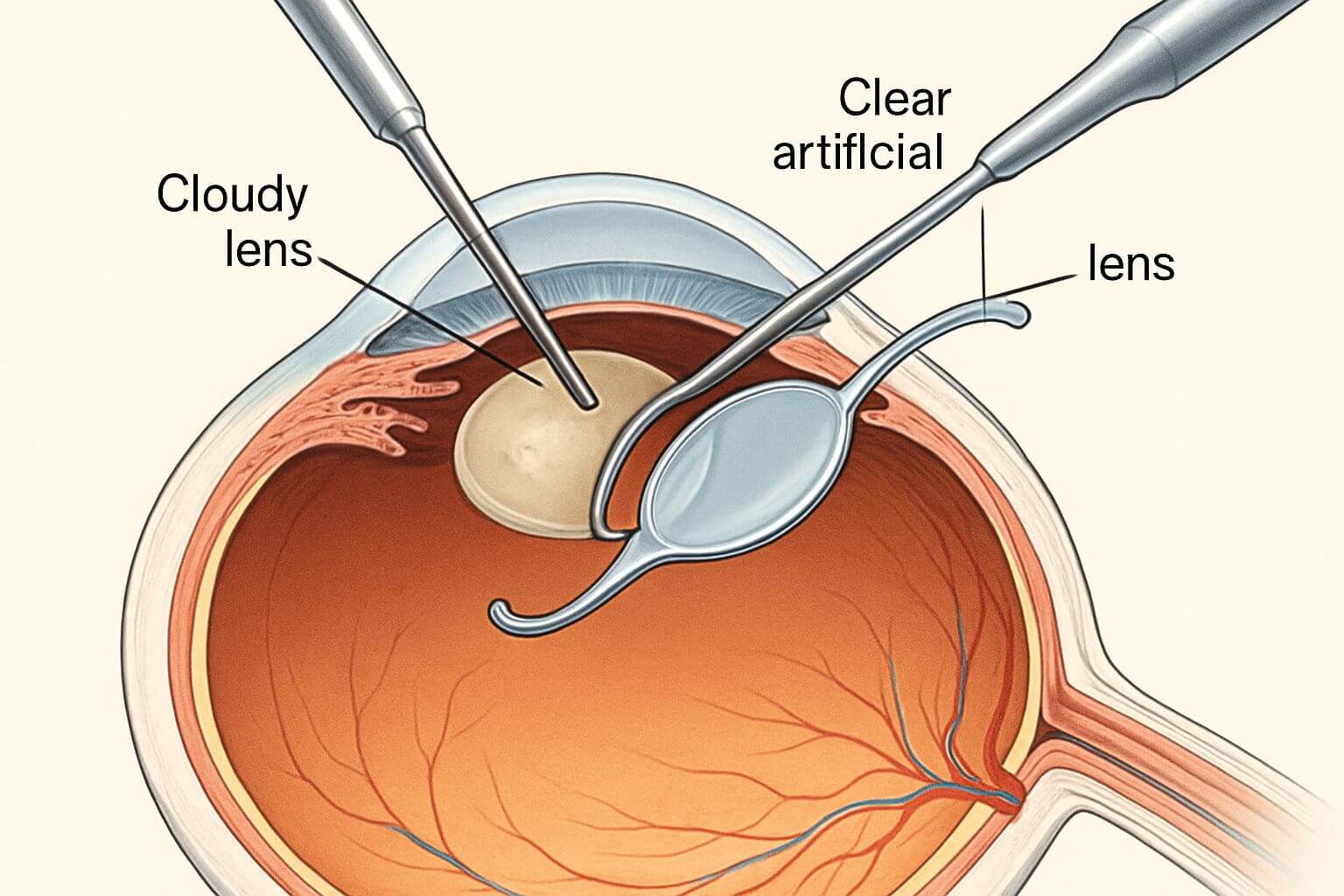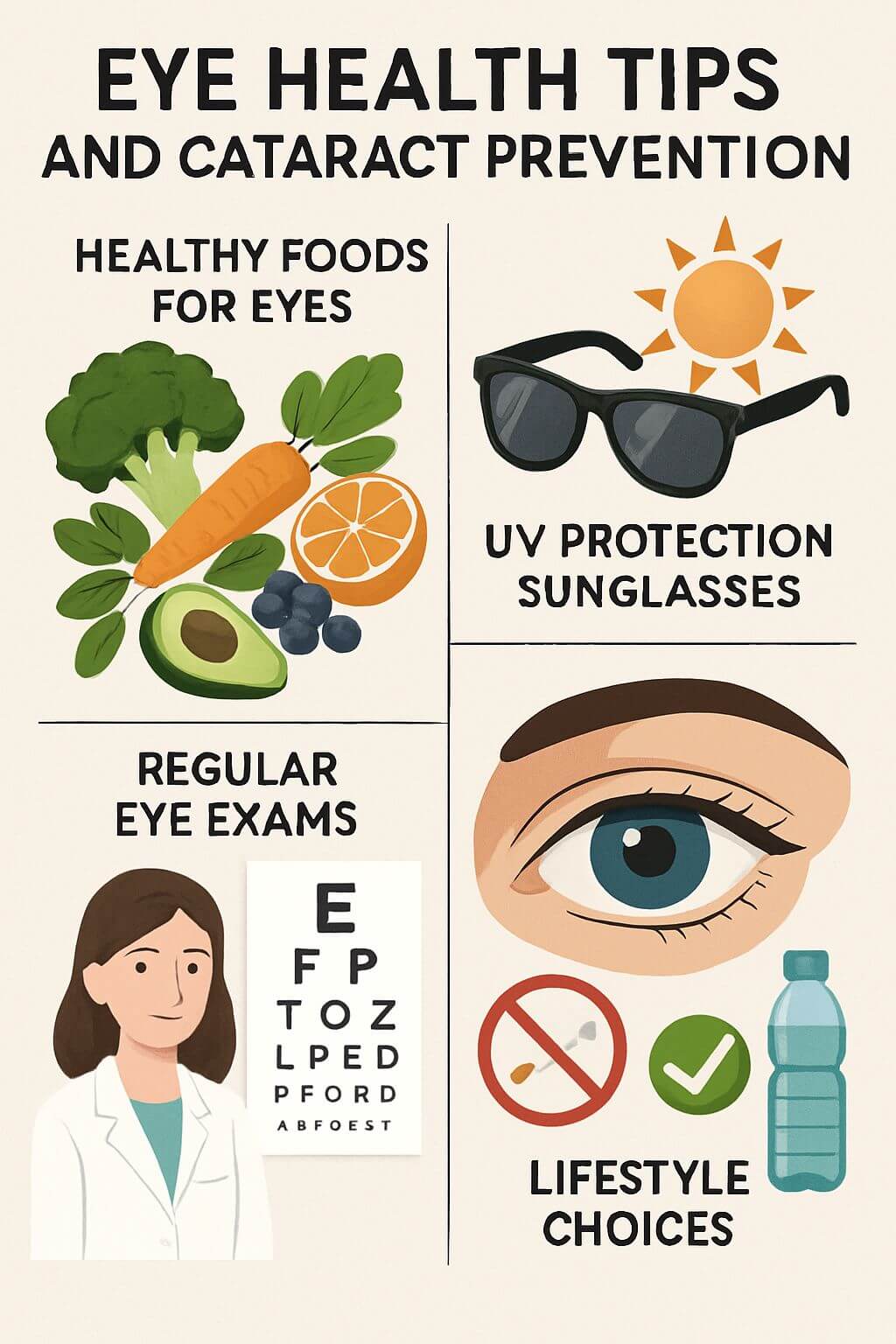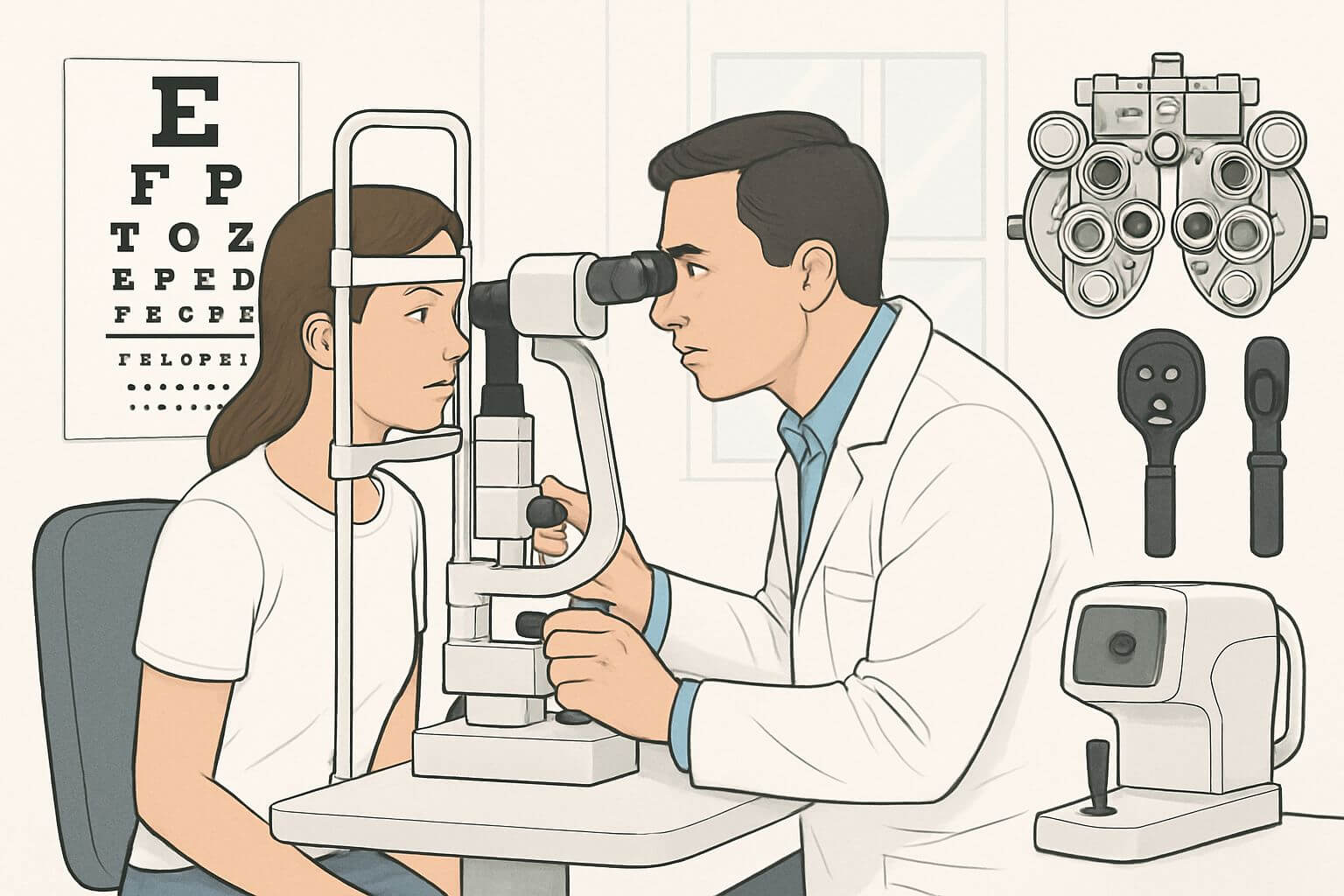
What is Cataract Surgery
Cataract surgery is one of the most common and successful surgical procedures performed worldwide. For millions, it is a life-changing intervention that restores sight, independence, and quality of life. At the Australian Relief Organisation (ARO), we have seen the profound impact of this procedure firsthand. Through our dedicated eye health programs, we have performed over 1,119 cataract operations, bringing light and hope to individuals in some of the world’s most underserved communities.
This comprehensive guide will walk you through everything you need to know about cataract surgery, from understanding what a cataract is to the details of the procedure and the recovery process. Our expertise is not just based on medical knowledge; it is rooted in the real-world experience of transforming lives, one surgery at a time. This is particularly true of our ongoing work, such as our project to establish a dedicated Eye Clinic in Mali, which will provide a beacon of hope for those suffering from preventable blindness.
What is a Cataract?
A cataract is a clouding of the natural lens in your eye. The lens is responsible for focusing light onto the retina, which sends signals to the brain to create a clear image. When a cataract forms, the lens becomes opaque, making it difficult for light to pass through. This results in blurry, dim, or distorted vision.
Cataracts are a leading cause of blindness worldwide, but in most cases, the blindness is preventable. Cataract surgery is a safe and effective way to remove the clouded lens and replace it with a clear, artificial one.
When is Cataract Surgery Necessary?
The decision to have cataract surgery is a personal one, and it should be made in consultation with your eye doctor. However, there are some common signs that may indicate it is time to consider surgery:
- Blurry or cloudy vision: This is the most common symptom of cataracts. You may feel like you are looking through a foggy window.
- Difficulty with daily activities: If cataracts are making it difficult for you to read, drive, or perform other daily tasks, it may be time for surgery.
- Increased glare sensitivity: You may find that you are more sensitive to glare from lights, especially at night.
- Fading or yellowing of colors: Colors may appear less vibrant than they used to.
- Double vision in one eye: This can occur when a cataract scatters light, causing you to see two images of the same object.
If you are experiencing any of these symptoms, it is important to schedule an eye exam to determine if you have cataracts.
The Cataract Surgery Procedure
Cataract surgery is a relatively quick and painless procedure that is usually performed on an outpatient basis. The entire process typically takes less than an hour.
Before the Surgery
Before your surgery, your eye doctor will perform a comprehensive eye exam to measure the size and shape of your eye. This will help them to select the right type of intraocular lens (IOL) to implant in your eye. You will also be given eye drops to take before the surgery to help prevent infection and reduce inflammation.
During the Surgery
During the surgery, your eye will be numbed with anesthetic eye drops. You will be awake during the procedure, but you should not feel any pain. The surgeon will make a small incision in your eye and use a special instrument to break up the clouded lens. The lens fragments are then gently removed from the eye.
Once the old lens has been removed, the surgeon will implant the new, clear IOL. The incision is often self-sealing and may not require stitches.
After the Surgery
After the surgery, you will be given a protective shield to wear over your eye. You will also be given eye drops to take for several weeks to help your eye heal. You should be able to go home the same day as your surgery.
Recovery from Cataract Surgery
Recovery from cataract surgery is usually quick and uneventful. Most people experience a significant improvement in their vision within a few days of the surgery. However, it can take several weeks for your vision to fully stabilize.
During your recovery, it is important to:
- Use your eye drops as prescribed.
- Avoid rubbing or pressing on your eye.
- Wear your eye shield at night.
- Avoid strenuous activities for a few weeks.
- Attend your follow-up appointments with your eye doctor.
The ARO Commitment to Eye Health
For the communities we serve, cataract surgery is more than just a medical procedure; it is a chance at a new life. It means that an elderly person can see their grandchildren for the first time. It means that a breadwinner can return to work and provide for their family. It means that a child can see the blackboard at school and get an education.
This is the impact that we strive for with every cataract surgery we perform. Our Mali Eye Clinic project is the next step in our commitment to fighting preventable blindness. This clinic will provide a permanent, sustainable source of eye care for a community that has been devastated by a lack of access to these essential services.
You Can Help Restore Sight
When you support the Australian Relief Organisation, you are not just donating to a charity; you are becoming a partner in our mission to restore sight and hope. Your donation can help us to:
- Fund a cataract surgery for someone who would otherwise go blind.
- Equip our Mali Eye Clinic with the latest technology and equipment.
- Train local healthcare workers to provide high-quality eye care.
Together, we can make a world of difference. To learn more about how to protect your own vision, read our Eye Health Tips to Prevent Cataracts and Keep Your Vision Strong.
Donate Now to Support ARO’s Eye Health Programs
Frequently Asked Questions (FAQs)
Q: Is cataract surgery painful?
A: No, cataract surgery is not painful. Your eye will be numbed with anesthetic eye drops, and you should not feel any pain during the procedure.
Q: How long does cataract surgery take?
A: The surgery itself usually takes less than 30 minutes. However, you should expect to be at the hospital or clinic for a few hours to allow for pre-operative preparation and post-operative recovery.
Q: What are the risks of cataract surgery?
A: Cataract surgery is a very safe procedure, but like any surgery, it does have some risks. These can include infection, bleeding, and swelling. However, these complications are rare and can usually be treated successfully.
Q: Will I need to wear glasses after cataract surgery?
A: It depends on the type of IOL that you have implanted. Some IOLs can correct for both near and distance vision, while others may only correct for one or the other. You may still need to wear glasses for some activities, such as reading.
Q: How does ARO ensure the quality of its cataract surgeries?
A: ARO works with experienced and qualified eye surgeons and local healthcare partners to ensure that our cataract surgeries are performed to the highest standards of quality and safety. We also provide our partners with the training and equipment they need to deliver the best possible care to their patients.
Related Project: Health - Cataract


